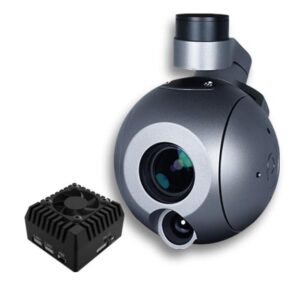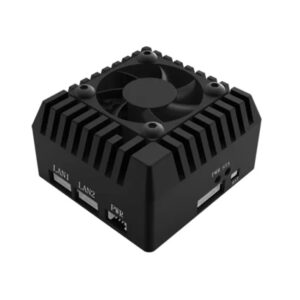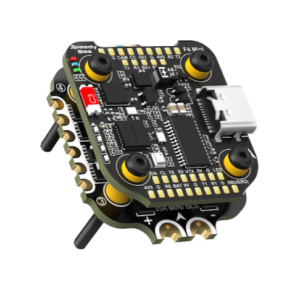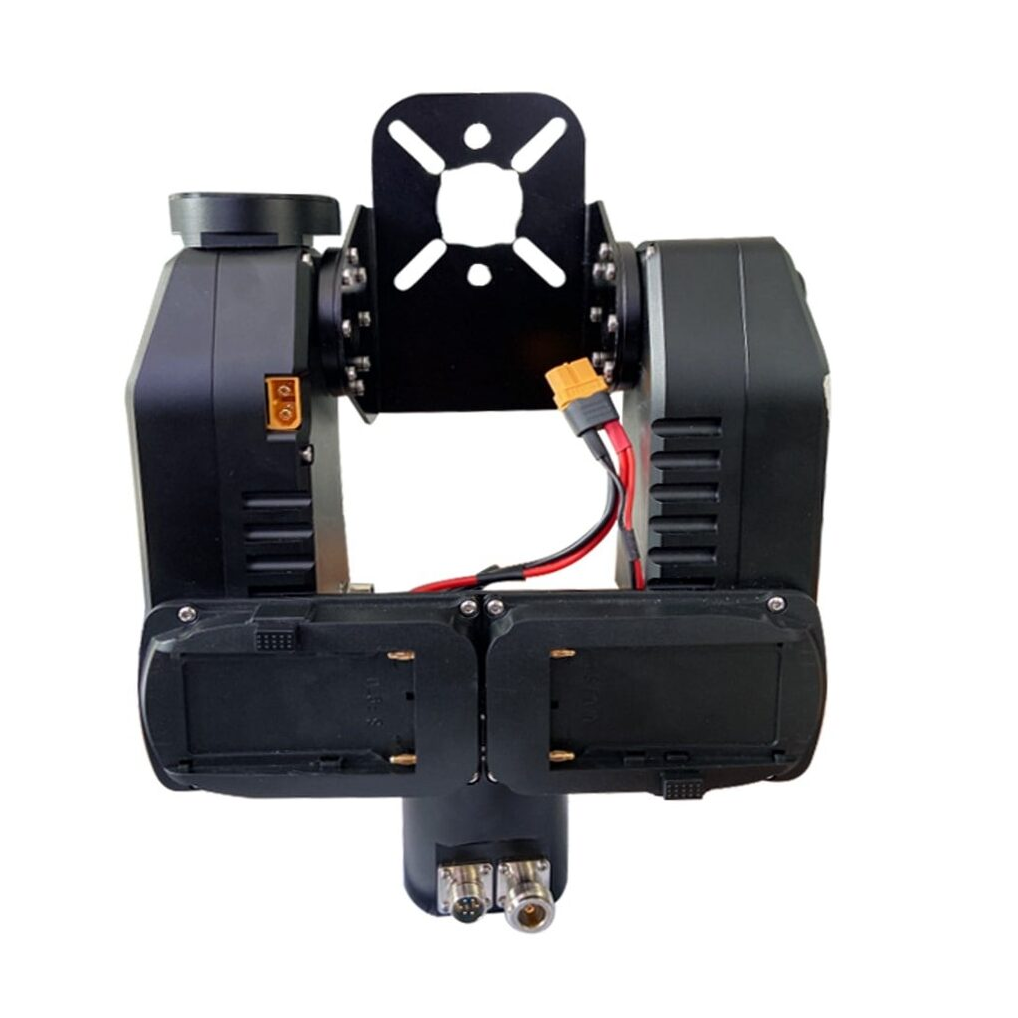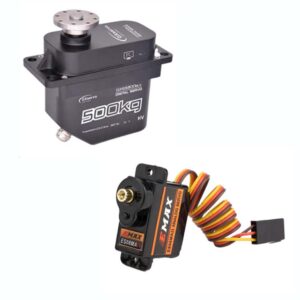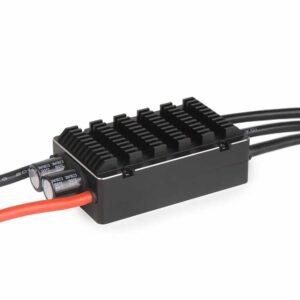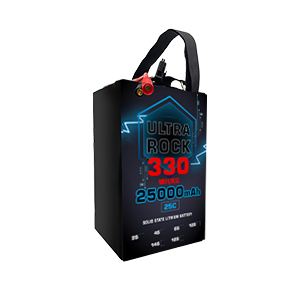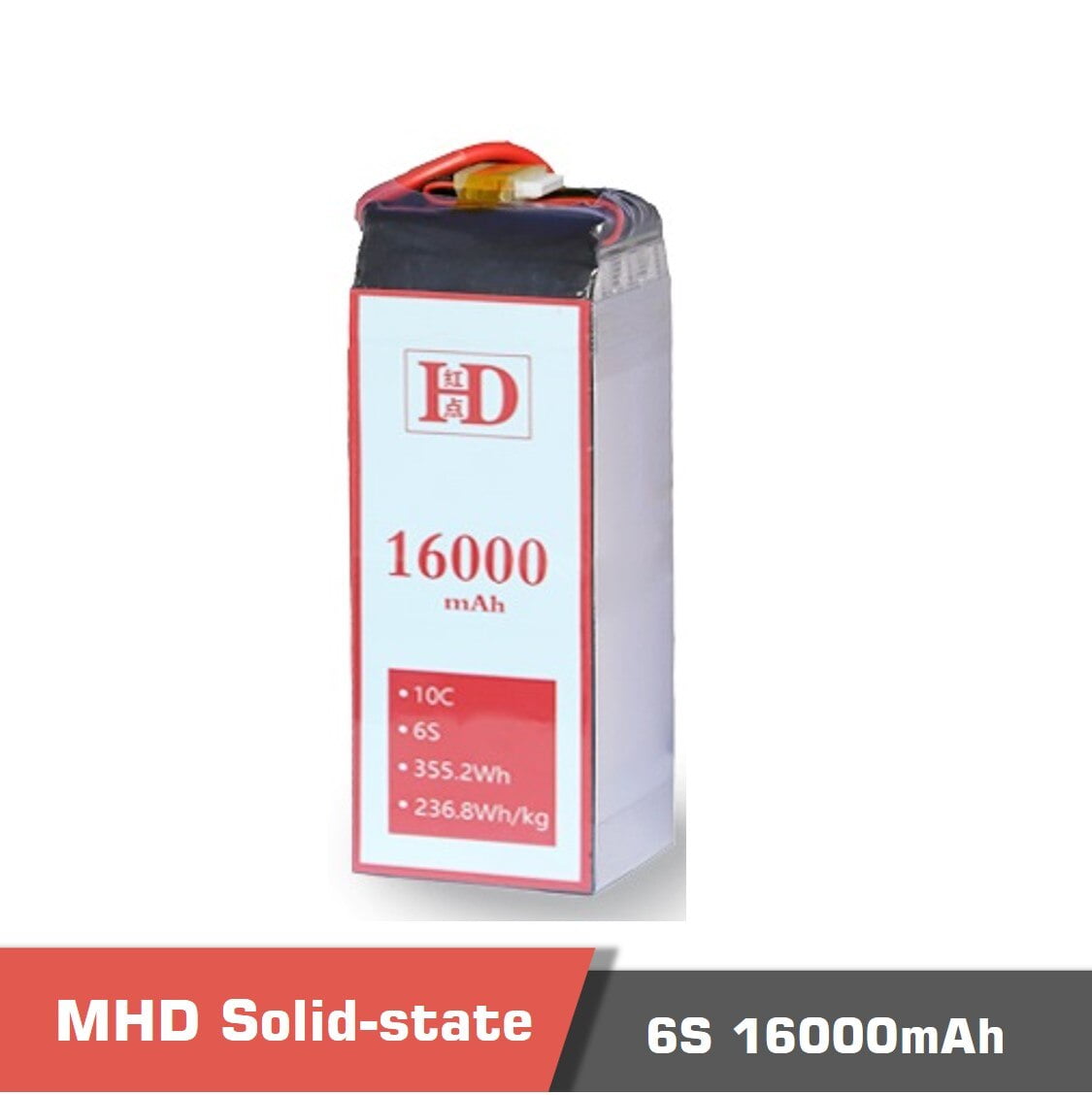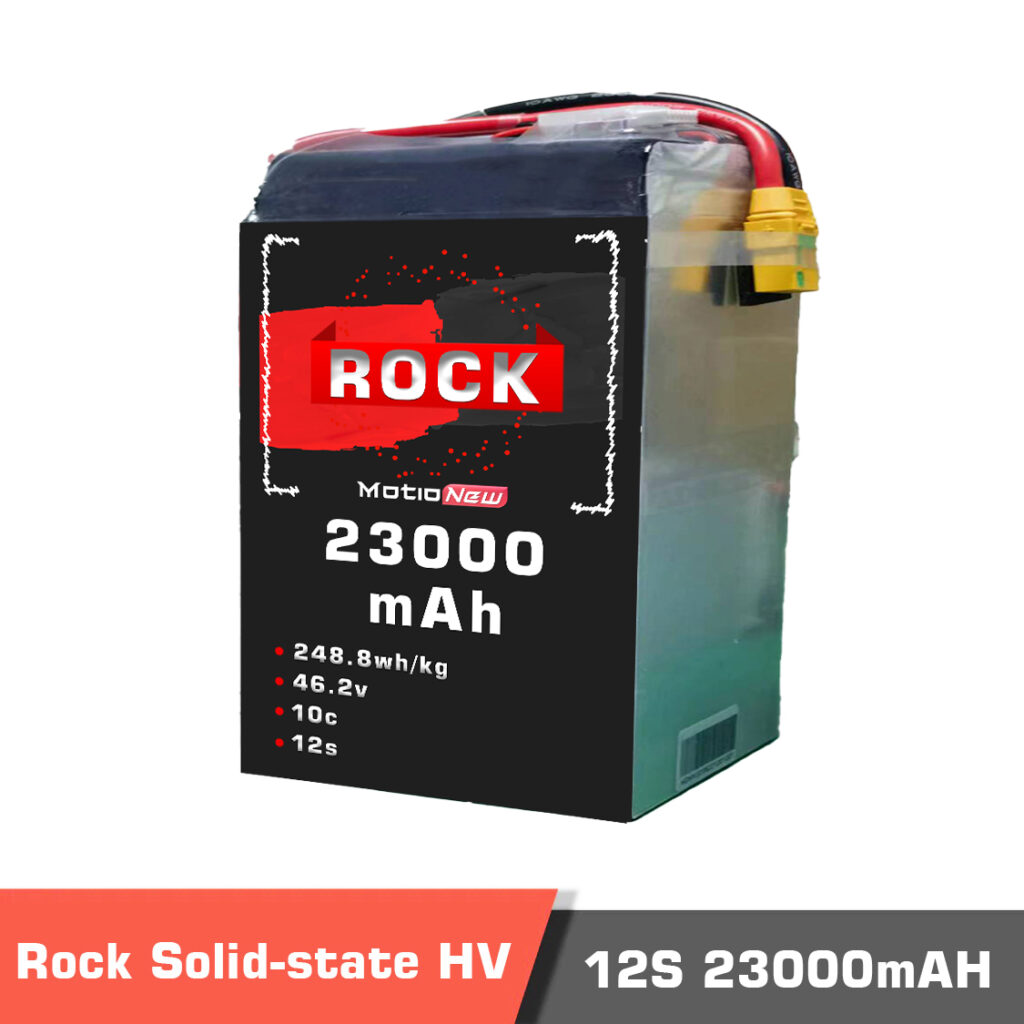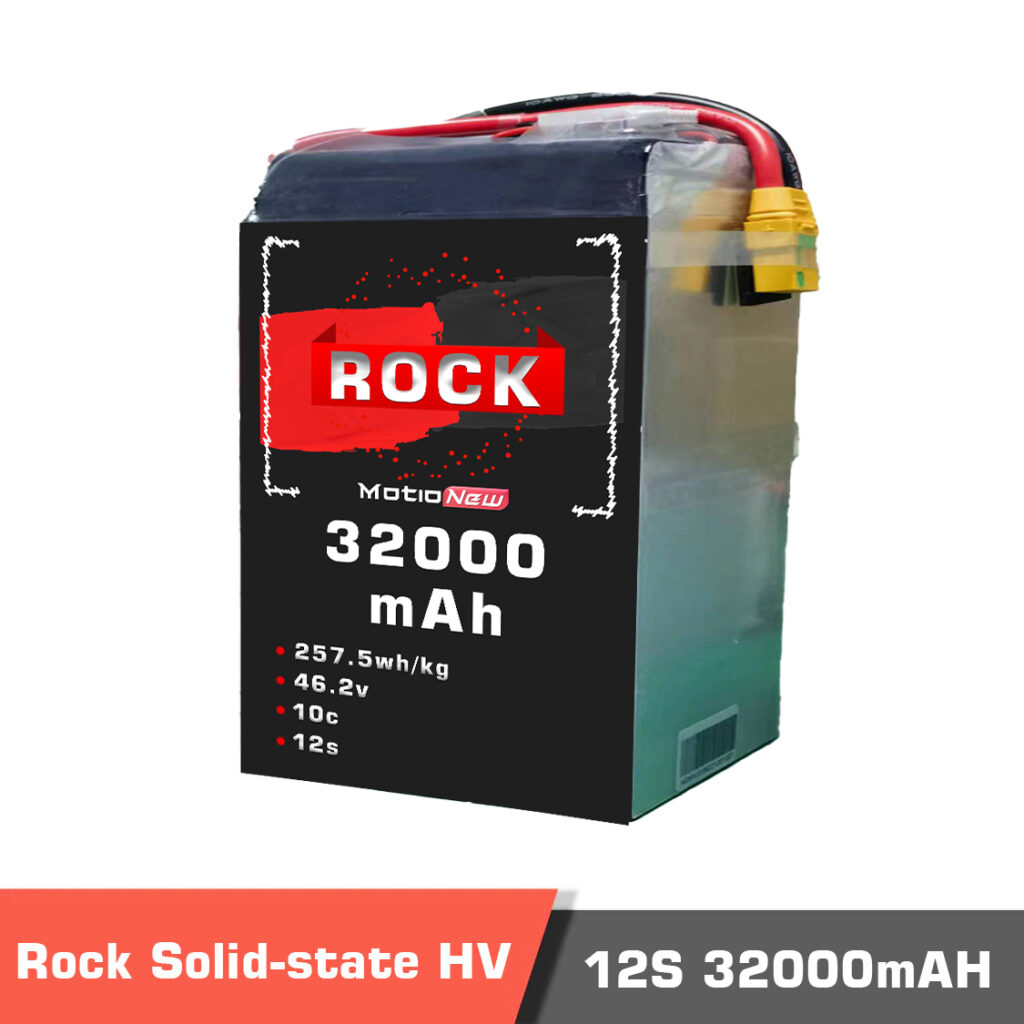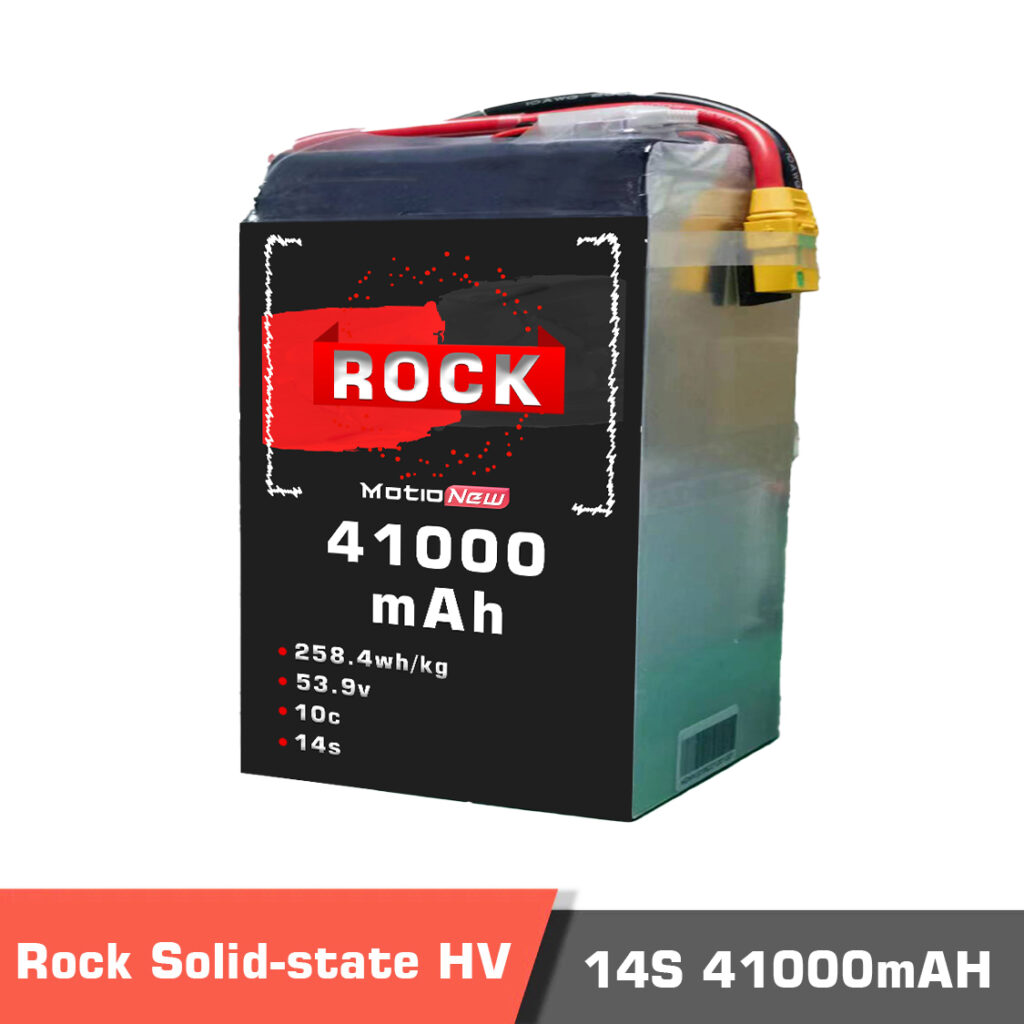Semi solid Batteries
Discover MotioNew’s advanced range of semi-solid-state batteries, engineered for maximum performance, safety, and endurance. Our lineup covers configurations from 3S to 24S, with popular high-voltage packs such as Battery 12S and 6S semi-solid state batteries — trusted by UAV professionals, EV engineers, and industrial operators worldwide.
What are semi-solid-state batteries?
Solid-state batteries represent a significant advancement in battery technology, offering various improvements over traditional lithium-ion batteries. Unlike conventional batteries that use a liquid or gel electrolyte, solid-state batteries use a solid electrolyte.
This can be made from a variety of materials, including ceramics, glass, or polymers. Compared to normal Li-Po batteries, semi solid-state batteries have higher energy density (up to 342wh/kg), have a lighter weight, and smaller volume and dimension.
Due to the manufacturing process and the materials that are used, semi-solid state batteries have longer endurance life and are available in much higher capacities which can be as big as 312ah.
One interesting specification of semi solid-state batteries is their higher voltage per cell which means when fully charged, it can reach up to 4.45V per cell. With the possibility of working on low temperature, even on -40℃, semi solid-state batteries are more stable and provide a better performance.
Advantages of Semi-Solid State Batteries Over Li-Po and Li-ion
The semi-solid state batteries are less flammable than traditional lithium-ion (Li-ion) or lithium- Polymer (Li-Po) batteries, reducing the risk of fires and thermal runaway. These batteries can achieve higher energy densities compared to conventional batteries, potentially offering longer-lasting power for devices and vehicles.
Semi-solid state batteries typically have a longer lifespan, as the semi-solid electrolyte is less prone to forming dendrites—needle-like structures that can cause short circuits and degrade battery performance.
Popular Configurations
-
12S Semi-Solid-State Batteries – High-voltage packs for large UAVs, industrial drones, and EVs
-
6S Semi-Solid-State Batteries – Versatile, compact power for multirotor drones and portable systems
Semi Solid vs Solid State Battery: Key Differences
On the other hand, producing semi-solid state batteries at scale can be complex and costly, as it requires precise control over the materials and processes involved. While they offer improved safety and energy density, semi-solid state batteries still face challenges in achieving the same level of performance and reliability as established lithium-Polymer technology.
Usually, the discharge rate of them can not be as high as the Li-Po batteries, which in turn can be fixed with higher capacity.
Semi Solid vs Solid State Battery Table
| Feature / Specification | Semi Solid-State Batteries | Li-Po / Li-ion Batteries |
|---|---|---|
| Energy Density | Up to 342 Wh/kg (Higher) | 150–250 Wh/kg |
| Weight & Volume | Lighter and more compact | Heavier for same capacity |
| Voltage per Cell | Up to 4.45V fully charged | 4.2V fully charged |
| Safety & Flammability | Less flammable, lower risk of thermal runaway | More prone to overheating and fire |
| Operating Temperature | Works even at -40℃ | Limited performance in very low temperatures |
| Endurance / Lifespan | Longer cycle life due to reduced dendrite formation | Shorter lifespan with higher degradation |
| Discharge Rate | Moderate (lower than Li-Po, can be compensated by capacity) | High discharge rate for performance applications |
| Production Cost | Higher due to complex manufacturing | Lower and widely mass-produced |
| Best Applications | EVs, Drones, Industrial & Energy Storage | Consumer electronics, hobby drones, RC models |
Applications of Semi-Solid Batteries in Drones and EVs
Our semi-solid-state batteries power:
-
Drones & UAV Systems – longer flights, more payload capacity
-
Electric Vehicles – extended range and enhanced safety
-
Industrial & Energy Storage – reliable performance for demanding operations
Why Choose MotioNew Semi Solid Batteries
MotioNew provides semi-solid state batteries in popular configurations like 12S and 6S, with higher voltage per cell, better stability, and the ability to work in extreme temperatures down to -40℃, making them ideal for drones, EVs, and industrial applications.
Semi-Solid Battery Certifications (MSDS, UN38.3, RoHS, DGM)
Certificates and reports required for shipping and customs clearance including MSDS, UN38.3, RoHS, and DGM are available.
FAQ
Q: What is the main advantage of semi-solid-state batteries over Li-Po?
A: Higher energy density, better safety, and the ability to operate in extreme cold.
Q: Do MotioNew semi-solid-state batteries come in custom sizes?
A: Yes, we offer custom capacities and voltages upon request.










